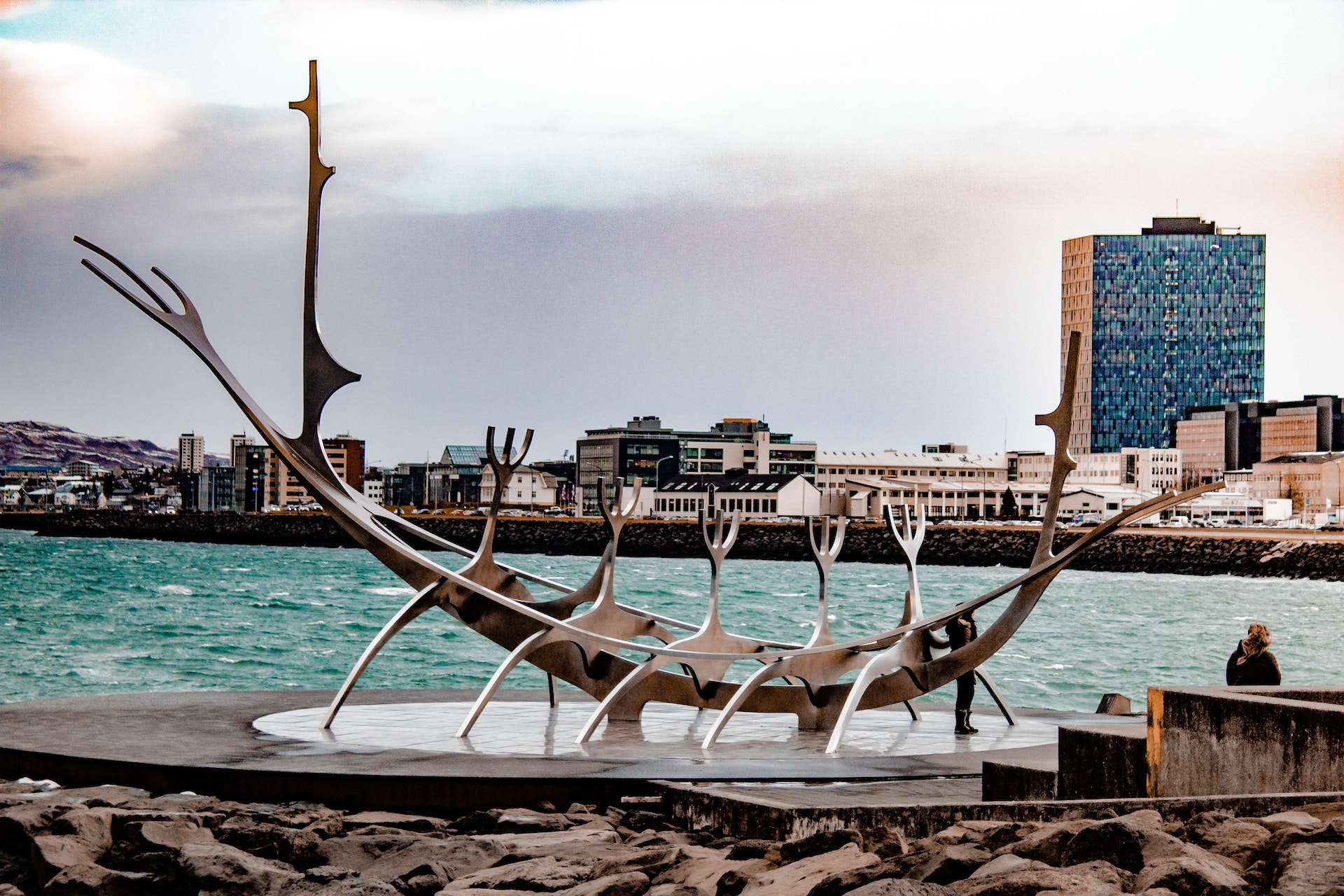Maritime Choke Points.
SEA TRADE PASSAGE (MARITIME CHOKE POINTS)
Sea Trade Passages or Maritime Choke Points are strategic, narrow sea lanes that connect two or more larger bodies of water in the global sea logistics chain. Due to the huge volume of traffic that passes through these strategic locations compared to their size, they form natural points of sea congestion for commercial vessels. These points critically are vital for global trade. Maritime choke points are usually straits or canals situated along major sea routes.
NOTABLE SEA TRADE PASSAGES \ CHOKE POINTS
Some of the most popular Sea Trade Passages \ Maritime Choke Points around the world include:
- The Strait of Malacca– This is the major passage of vessels sailing from the Far East to the West. It passes through Singapore, Malaysia and Indonesia. It critically connects the South China Sea with the Indian Ocean. This passage is one of the busiest in the world.
- The Strait of Hormuz– It is the major sea passage connecting the Persian Gulf to the Gulf of Oman.It is one of the world’s most strategic choke points. The strait is bounded by Iran on the north coast, along with United Arab Emirate and Oman on the south coast. The Strait is a major link in the chain of world energy trade as it serves as passage for about 25% of world’s crude oil and LNG volumes.
- The Suez Canal– It is an artificial sea-level waterway that connects the Mediterranean Sea to the Red Sea. The canal connects Asia to Europe. About 15% of world trade passes through the canal.
- The Panama Canal– It is an artificial waterway that connects the Atlantic Ocean to the Pacific Ocean through Panama. Alongside the Suez Canal, the Panama Canal is a major passage for Global Trade. The canal utilizes series of gates and locks to facilitate the passage of vessel across areas of different elevation/gradient. It reduces the transit time for ships traveling between the two major oceans.
- Dover Strait– It is the narrowest passage along the English Channel which connects the Atlantic Ocean and the North Sea and Baltic Sea. The strait is one of the busiest sea passages in the world.
- Strait of Bosporus (Turkish Strait)– It is a natural strait that is located in Istanbul, Turkey. It is an internationally significant waterway that links the Mediterranean Sea to the Black Sea. The Strait of Bosporus is the world’s narrowest strait used for international navigation. It serves as a key passage for world commercial shipping traffic and is used by freighters and tankers. The strait contains several dangerous points of turns and obstructions for ocean going vessels. These are managed with several installations of maritime navigational aids.
- Danish Straits– These are the straits connecting the Baltic Sea to the North Sea. These passages goes through the Kattegat and Skagerrak. These straits international waterways and serve as passages for global commercial shipping.
- The Bab el-Mandeb Strait– The Bab el-Mandeb is a strait between that connects the Red Sea to the Gulf of Aden. In Arabic, the name translates as ‘Gate of Lamentation’ or ‘Gate of Grief’. It lies between Yemen on the Arabian coast, and Djibouti and Eritrea on the Horn of Africa. It strategically connects the Indian Ocean to the Mediterranean Sea through the Red Sea and the Suez Canal. It is key to the easy passage of commercial vessels from the far East to Europe. About 15 percent of world trade passes through this area. It is also a major passage for crude oil and liquefied natural gas vessels.
IMPORTANCE AND RISKS
It should be noted that approximately, 80% of global trade in goods is transported through the sea. Alongside the great benefits offered by the usage of the global sea trade choke points, some level of risks are also attracted. When huge traffic of commercial vessels converges at narrow passages, some things should be expected to go wrong. The likely risks include accidents, war, piracy, blockades etc.
See:


